- Over 1 million successful rentals
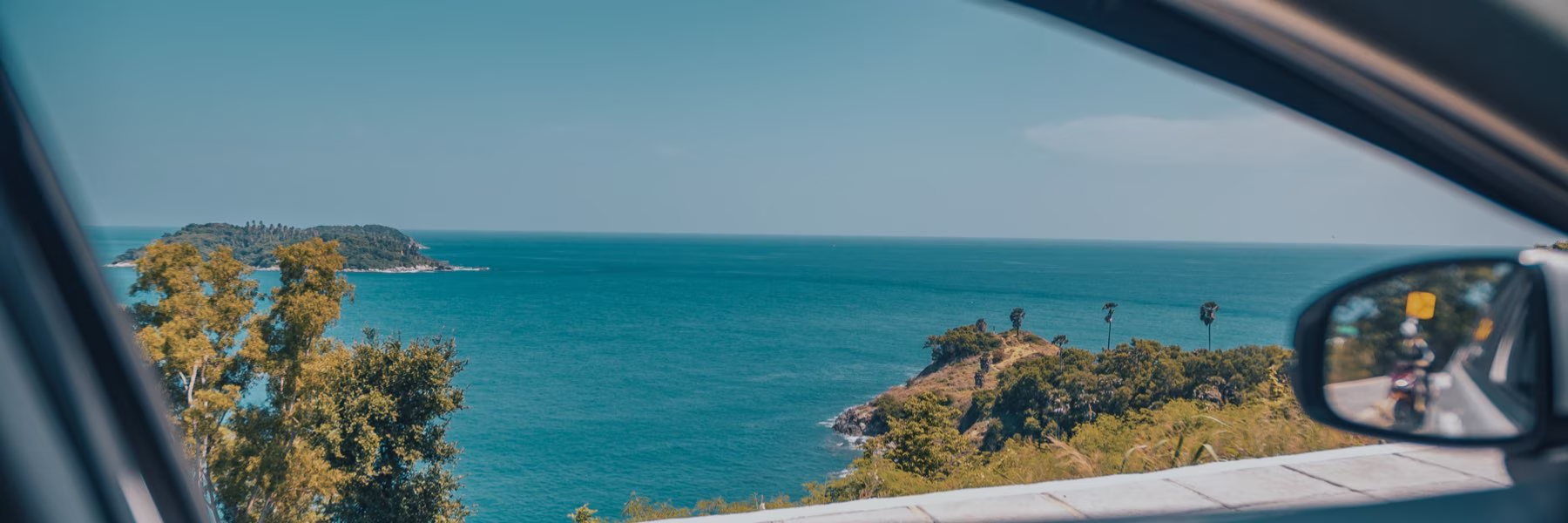
Car Hire Aruba
Save time and money. We compare the offers of car rental companies in Aruba on your behalf.
- Free cancellation Up to 48 hours prior to the scheduled pick-up time
- Best price guarantee Have you found a better price? Let us know and we will make you a better offer.
- 24000+ pick-up locations Locations around the world

Compare Car Hire
Carrentals.co.uk offers simple and straightforward car hire comparison services. We don't add a penny to your quotes!
Car rental offers in Aruba
Whether you're looking for a small rental car or a station wagon for the entire family, we will always have a suitable vehicle at the lowest price. Below are some examples from our selection in Aruba.
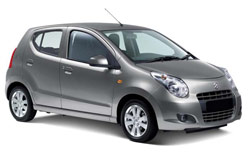
-
Sixt From£ 41 /day

-
Sixt From£ 39 /day
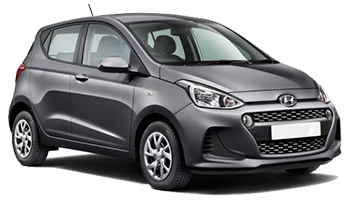
-
Sixt From£ 44 /day -
CarVenience Car Rental Aruba From£ 45 /day

-
CarVenience Car Rental Aruba From£ 52 /day -
Sixt From£ 54 /day
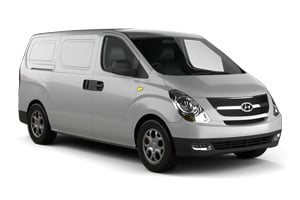
-
Budget From£ 85 /day

-
Budget From£ 88 /day

-
Alamo From£ 139 /day

-
Alamo From£ 140 /day
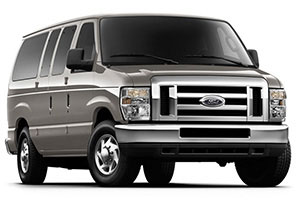
-
Alamo From£ 143 /day -
National Car Rental From£ 163 /day
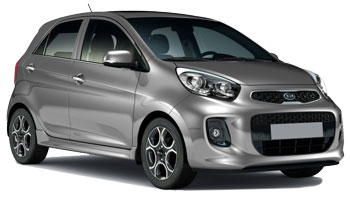
-
Avis From£ 38 /day

-
Avis From£ 40 /day
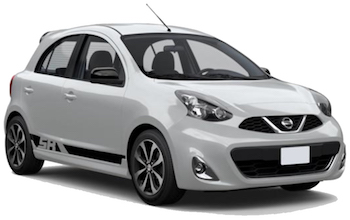
-
Budget From£ 45 /day

-
Budget From£ 45 /day
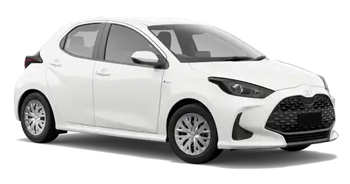
-
CarVenience Car Rental Aruba From£ 46 /day
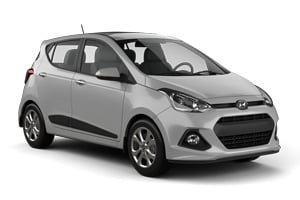
-
Sixt From£ 48 /day -
Alamo From£ 66 /day -
Enterprise From£ 68 /day
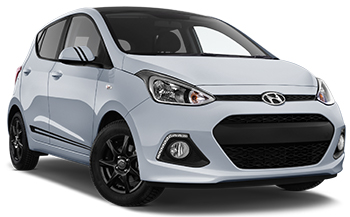
-
Sixt From£ 51 /day -
Alamo From£ 64 /day

-
CarVenience Car Rental Aruba From£ 54 /day
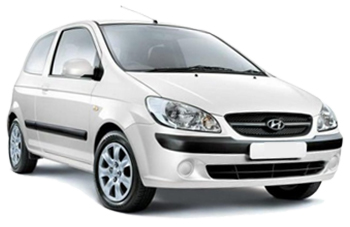
-
National Car Rental From£ 65 /day -
Alamo From£ 71 /day
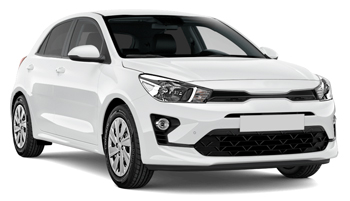
-
Avis From£ 42 /day

-
Avis From£ 43 /day
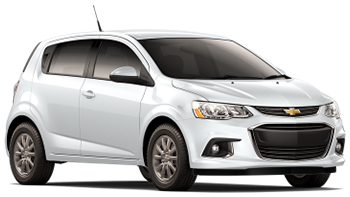
-
Hertz From£ 47 /day -
Alamo From£ 68 /day -
Enterprise From£ 69 /day
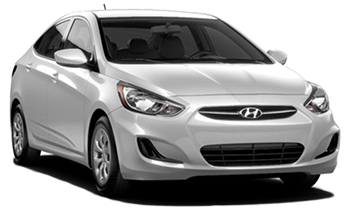
-
CarVenience Car Rental Aruba From£ 48 /day -
Sixt From£ 48 /day -
Budget From£ 51 /day

-
Hertz From£ 49 /day -
Alamo From£ 65 /day
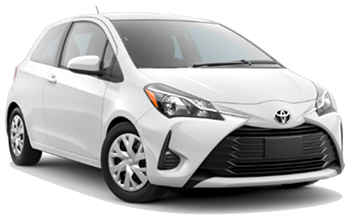
-
Budget From£ 52 /day

-
Budget From£ 53 /day

-
Budget From£ 52 /day -
CarVenience Car Rental Aruba From£ 54 /day -
Sixt From£ 56 /day
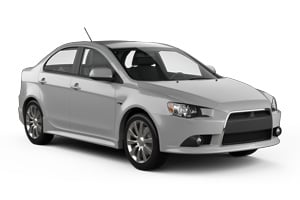
-
Budget From£ 57 /day -
Alamo From£ 76 /day -
Enterprise From£ 77 /day
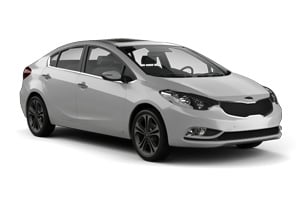
-
Avis From£ 47 /day

-
Avis From£ 48 /day
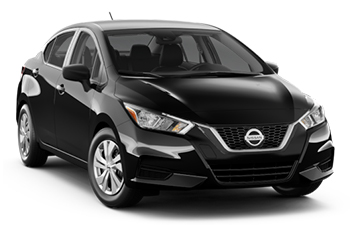
-
Hertz From£ 56 /day

-
Hertz From£ 58 /day
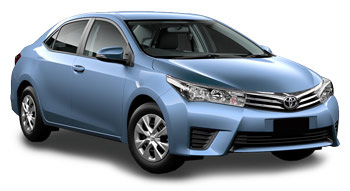
-
Budget From£ 58 /day

-
Budget From£ 60 /day
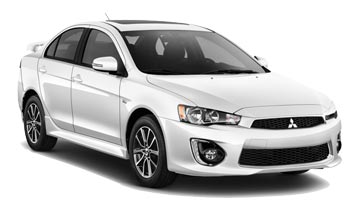
-
Budget From£ 60 /day -
Alamo From£ 78 /day -
National Car Rental From£ 90 /day

-
Budget From£ 59 /day -
Alamo From£ 77 /day -
National Car Rental From£ 96 /day
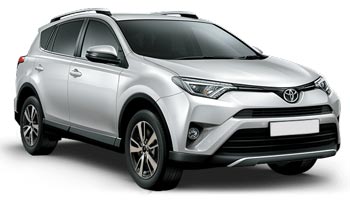
-
Budget From£ 81 /day
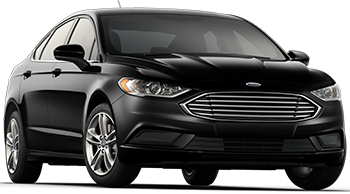
-
Enterprise From£ 82 /day -
Alamo From£ 86 /day -
National Car Rental From£ 107 /day
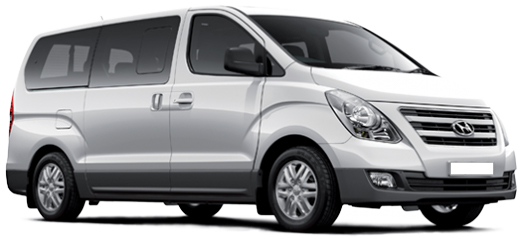
-
Budget From£ 81 /day

-
Budget From£ 85 /day

-
Budget From£ 84 /day

-
Budget From£ 87 /day

-
Alamo From£ 87 /day -
National Car Rental From£ 119 /day
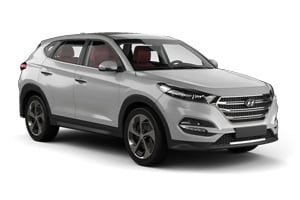
-
Alamo From£ 117 /day

-
Budget From£ 126 /day

-
National Car Rental From£ 130 /day -
Alamo From£ 135 /day

-
Enterprise From£ 123 /day -
Alamo From£ 127 /day

-
Alamo From£ 129 /day
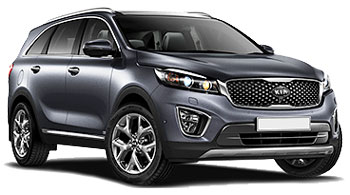
-
Hertz From£ 161 /day
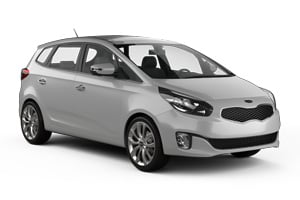
-
Alamo From£ 132 /day

-
National Car Rental From£ 184 /day -
Alamo From£ 190 /day

-
Hertz From£ 198 /day

-
Hertz From£ 99 /day -
National Car Rental From£ 210 /day

-
Hertz From£ 101 /day
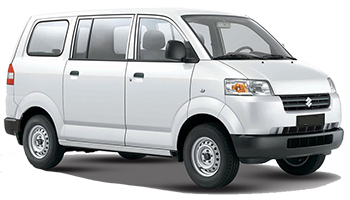
-
Hertz From£ 72 /day

-
Hertz From£ 72 /day

-
Budget From£ 85 /day -
Alamo From£ 127 /day

-
Budget From£ 81 /day -
Alamo From£ 129 /day

-
Alamo From£ 139 /day

-
Alamo From£ 140 /day

-
Alamo From£ 143 /day -
National Car Rental From£ 163 /day

-
Alamo From£ 142 /day -
National Car Rental From£ 167 /day

-
Budget From£ 81 /day

-
Budget From£ 79 /day

-
Budget From£ 83 /day

-
Hertz From£ 83 /day

-
Budget From£ 83 /day

-
Hertz From£ 84 /day

-
Sixt From£ 88 /day -
Alamo From£ 120 /day

-
Sixt From£ 88 /day -
Alamo From£ 125 /day

-
Enterprise From£ 89 /day -
Alamo From£ 92 /day

When to book a rental car in Aruba
Aruba - When is the most affordable time to rent a mini class car?
At this destination (Aruba), August is the most affordable time to rent a mini class car with an average daily rate of
Aruba - When is the most affordable time to rent a economy class car?
At this destination (Aruba), November is the most affordable time to rent a economy class car with an average daily rate of
Aruba - When is the most affordable time to rent a compact class car?
At this destination (Aruba), November is the most affordable time to rent a compact class car with an average daily rate of
Aruba - When is the most affordable time to rent an intermediate class car?
At this destination (Aruba), November is the most affordable time to rent a intermediate class car with an average daily rate of
Aruba - When is the most affordable time to rent a standard class car?
At this destination (Aruba), October is the most affordable time to rent a standard class car with an average daily rate of
Aruba - When is the most affordable time to rent a full-size car?
At this destination (Aruba), November is the most affordable time to rent a full-size class car with an average daily rate of
Aruba - When is the most affordable time to rent a luxury car?
At this destination (Aruba), October is the most affordable time to rent a luxury class car with an average daily rate of
Aruba - When is the most affordable time to rent a SUV?
At this destination (Aruba), October is the most affordable time to rent an SUV with an average daily rate of
Aruba - When is the most affordable time to rent a MPV?
At this destination (Aruba), December is the most affordable time to rent an mpv with an average daily rate of
Aruba - When is the most affordable time to rent a minivan?
At this destination (Aruba), November is the most affordable time to rent a minibus with an average daily rate of
Car rental locations in Aruba
Carrentals.co.uk compares rental car prices at the following destinations

Aruba Guide
Aruba is best explored by rental car. Carrentals.co.uk has over 25 pick-up locations in Aruba. This means there is always a pick-up location close to your destination.
Most popular car hire locations in Aruba
Driving
For those seeking a laid-back holiday in a paradise setting, Aruba has to be the number one choice. There are miles of beaches, dozens of all-inclusive resorts and multiple quaint towns to be enjoyed. Only a short drive away from the main tourist areas, Aruba really comes into its own. Deserted beaches to the north and south along with Arikok National Wildlife Park make this island the perfect slice of heaven.
Driving Tips for Aruba
The roads across Aruba are in a reasonable condition. Although road signs are a rare sight, the island is so small that getting lost is practically impossible. The main thing to be aware of is the bus-only lanes. These can create problems for drivers who inadvertently stray into them.
Driving licences: UK drivers are able to drive here with a valid UK driving licence that has been held for at least two years.
Which side does Aruba drive on: the right.
Speed limits:
Rural areas: 60mph(96kph)
Built-up areas: 40mph (64kph)
Alcohol limits: 0.05 per cent; slightly stricter than the UK limit of 0.08 per cent. This is strictly enforced.
Driving age: 21 years.
Seatbelts: compulsory in both the front and back seats. Children under five years have to be in an appropriate restraint accompanied by a booster seat.
Mobile phones and GPS: it is not permitted to use a mobile phone while driving unless using a hands-free device. Although GPS is available, it is not needed on the tiny island.
Cost of fuel in Aruba: significantly cheaper than in the UK, at nearly half the price.
Car hire and fuel payment: most petrol stations do not accept credit card payment. Car hire suppliers, on the other hand, require a credit card.
Insurance: third-party insurance is included in the car rental price, but excess insurance needs to be paid for as an extra, if required.
Traffic and parking: traffic is minimal. It is harder to find parking in the capital than along the coast, but parking laws are lenient island-wide.
Transport
Taxis
Taxis are easy to find, with taxi ranks at Oranjestad, major hotels and the airport. Taxis do not run on a meter; instead they have fixed prices that are set according to distance travelled, with a typical fare from the airport to Eagle Beach costing around £18. Tourists should expect to pay extra for each additional passenger. Taxis are a good way to get from the airport to a resort; however, if using them to access a remote area, you should ensure the driver waits for you as hailing a taxi back may prove difficult.
Buses
The bus system, Arubus, runs from the main town of Oranjestad to the big resorts and is a cheap way of getting around the island, with fares of around £1. The Arubus service reaches some of the more remote parts of the island, but it does not take passengers to the rugged northern and southern tips or the national park. Service runs until 21:00 and fares are payable to the driver when you first hop onboard.
Ferries
There are no public ferry services operating in Aruba, meaning that the only way to visit the island is by plane. However, there are a number of companies that charter yachts and private boats to sail around the island. Prices for three-hour charter cruises range from £300 for up to two people to £600 for up to 10 people.
Airports
Queen Beatrix International Airport is Aruba’s air gateway. Close to Oranjestad, it receives seasonal flights from London-Gatwick and Manchester. UK travellers flying out of season will need to connect via a US airport such as Miami or New York-JFK, which both have year-round connections with Aruba.
Explore
Exploring Aruba
Aruba is known for its miles of white sandy beaches, from Baby Beach with its shallow waters and soft sands in the south to Hadikurari Beach, a windsurfer’s haven. But there are a lot of amazing spots for those willing to drag themselves away from the sand to explore.
Fort Zoutman was once vital in protecting Aruba, but now houses the Aruba Historical Museum. Here, visitors will find the King Willem III Tower, originally built in 1868 but now serving as a lighthouse for the harbour.
For those seeking to get to the heart of Aruba’s history, there is the Archaeological Museum in downtown Oranjestad where visitors can view artefacts that were excavated from across the island. These finds are a great indication of how the early Indian settlers lived.
There are two main religious sites on the island. The Protestant Church, constructed in 1846, is architecturally stunning and can be found alongside a bigger edifice that now serves the Oranjestad community.
Santa Ana Church, constructed in Noord in the 1770s, has a beautiful carved oak altar that is recognised as a perfect example of neo-Gothic design.
Arikok National Park, in the northeast of the island, boasts flora and fauna, caves with historic Indian drawings, beaches and sand dunes. Rough volcanic lava hills are also located here, with many forming natural pools.
Weather
Aruba benefits from hot temperatures all year round, with a short rainy season from October through December. Around this time, temperatures are cooler, at around 30ºC, with the rest of the year being a few degrees warmer. Thunderstorms are more common in October and November, but thanks to the gorgeous climate from January through September, Aruba is a great destination for winter sun or a summer getaway.
Practical information
-
CurrencyAruban florin
-
LanguageDutch, (Eastern) Punjabi
-
Popular car categoryEconomy
What most people want to know
The following questions and answers are a selection of the most popular questions. If you do not find the answer to your question, have a look at the Frequently Asked Questions page or contact us.
- CarVenience Car Rental Aruba
- National Car Rental
- Smart Rent
- Alamo
- Budget
- Hertz
- Avis
- Sixt
- Economy Car Rental Aruba
- ACE Rent A Car
- Royal Car Rental Aruba
- NÜ Car Rentals
- Enterprise
- Ace Rental Cars
- Mex Rent a Car
- Red Spot Car Rental
- Thrifty
- Economy
- Dollar Rent a Car